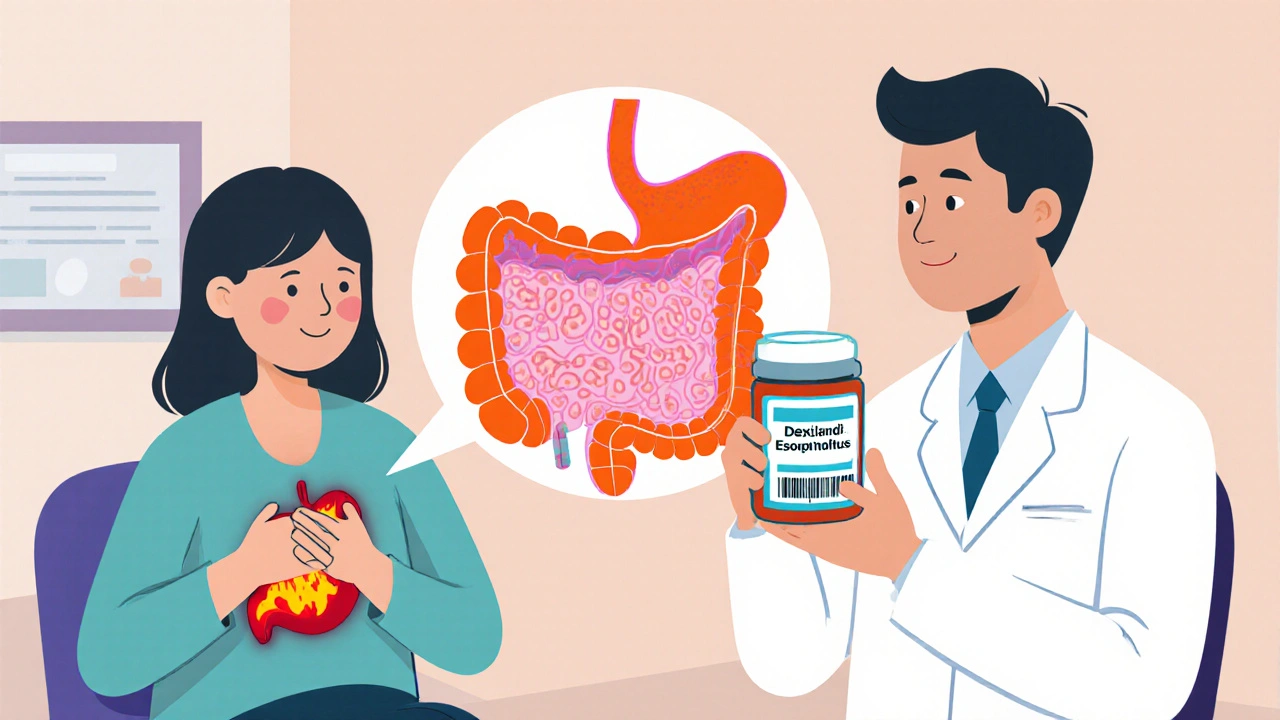Barrett's Esophagus: What You Need to Know
When talking about Barrett's Esophagus, a condition where the esophageal lining transforms after years of acid exposure. Also known as Barrett's, it frequently shows up in people who live with chronic gastroesophageal reflux disease (GERD), the uncomfortable back‑flow of stomach acid that burns the throat and chest. The constant irritation makes the normal squamous cells switch to a columnar type, a change doctors call metaplasia. Most folks don’t notice any symptoms beyond the usual heartburn, but the cellular shift matters because it sets the stage for more serious problems down the line. Understanding how GERD fuels this transformation is the first step toward taking control of your health.
Once metaplasia is in place, the next concern is esophageal dysplasia, abnormal cell growth that can precede cancer. Dysplasia comes in low‑grade and high‑grade forms; the latter signals a higher chance that the cells could turn malignant. That’s why doctors rely on surveillance endoscopy, regular visual inspections of the esophagus with a tiny camera, to catch any early signs of trouble. During an endoscopy, tissue samples (biopsies) are taken and examined for dysplasia. If high‑grade dysplasia shows up, treatment options range from endoscopic mucosal resection to radiofrequency ablation, procedures aimed at removing or destroying the abnormal cells before they progress to Barrett's Esophagus‑related cancer. The connection is clear: chronic GERD leads to Barrett's, Barrett's can develop dysplasia, and dysplasia raises the risk of esophageal adenocarcinoma, the most worrisome outcome.
Beyond medical monitoring, lifestyle tweaks play a big role in slowing or even reversing the process. Reducing acid reflux with proton‑pump inhibitors, avoiding large meals late at night, and staying upright after eating can lower the daily acid assault on the esophagus. Weight management, quitting smoking, and limiting alcohol also cut down reflux episodes. Some patients report relief by raising the head of the bed or using over‑the‑counter antacids, but it’s crucial to discuss any regimen with a physician—especially if you’re already on prescription meds. Diet matters too; foods that are less likely to trigger reflux include lean proteins, whole grains, and non‑citrus fruits, while spicy, fatty, or acidic foods should be eaten sparingly. Pairing these everyday habits with regular surveillance endoscopy gives you a solid defense against the progression of Barrett's Esophagus.
Below you’ll find a curated collection of articles that dive deeper into each of these topics—from how GERD fuels Barrett's to the latest endoscopic techniques and practical diet tips. Explore the list to get actionable insights and stay ahead of any potential complications.


